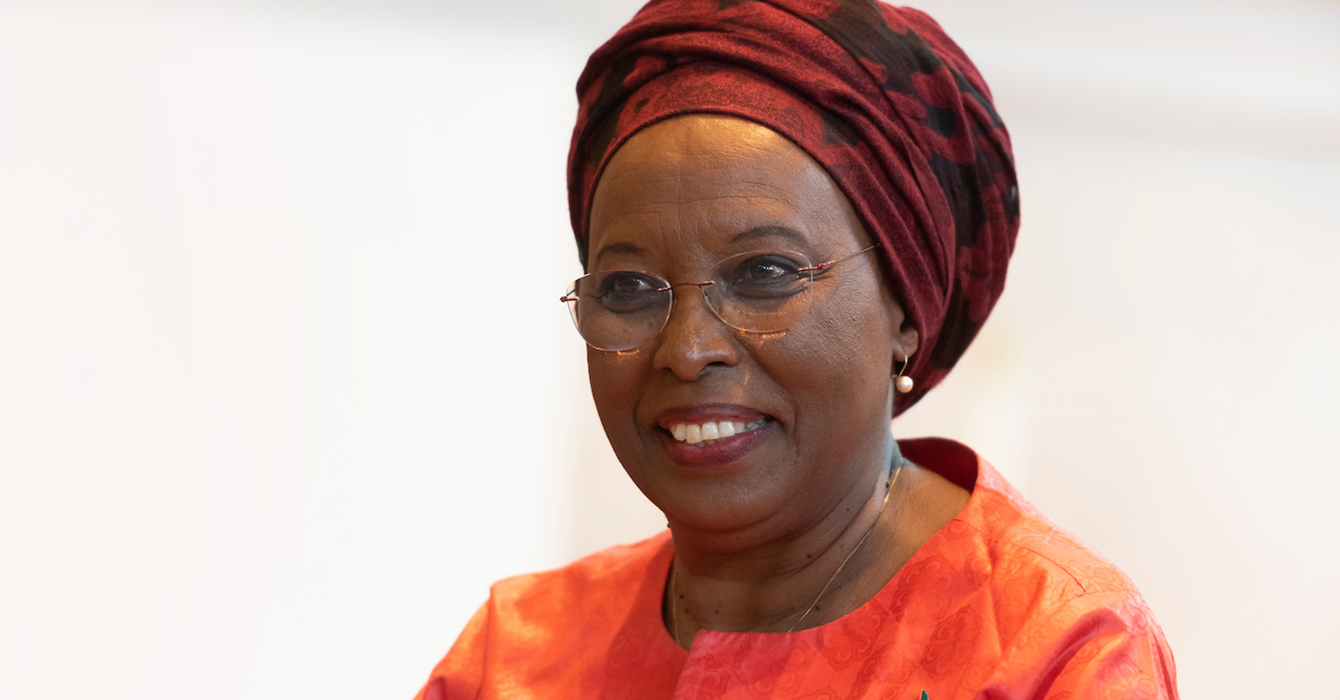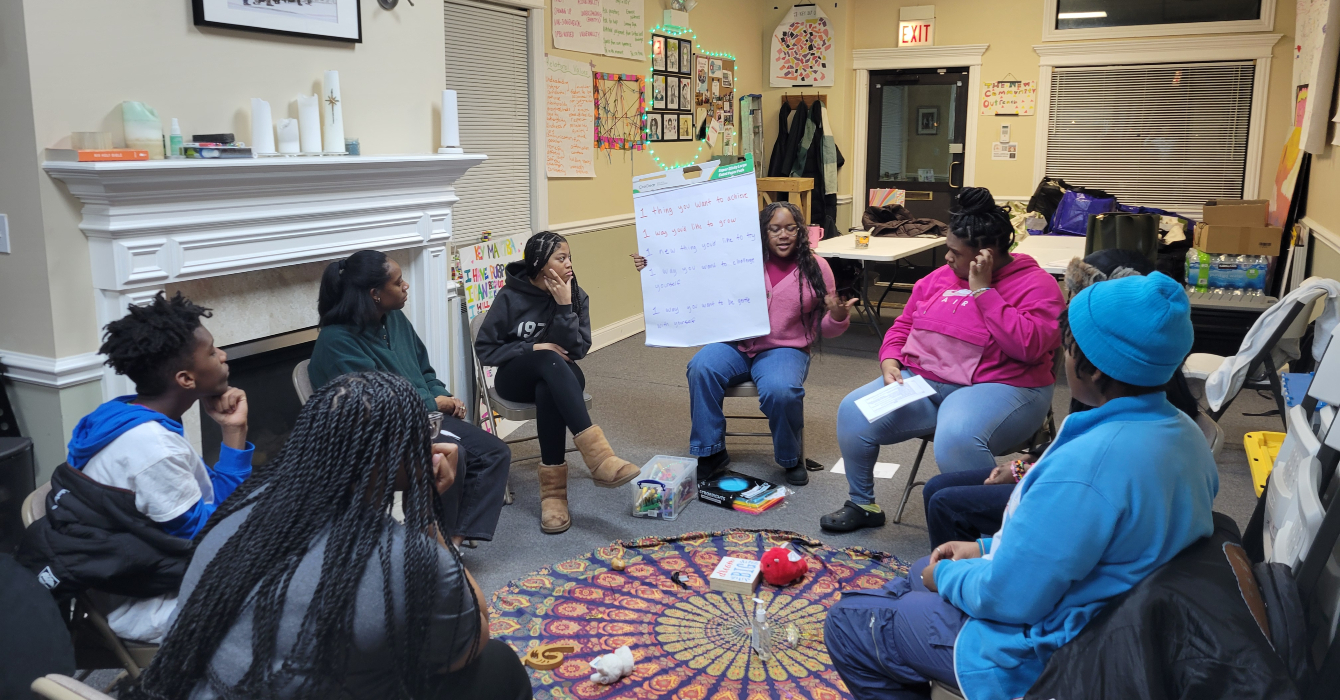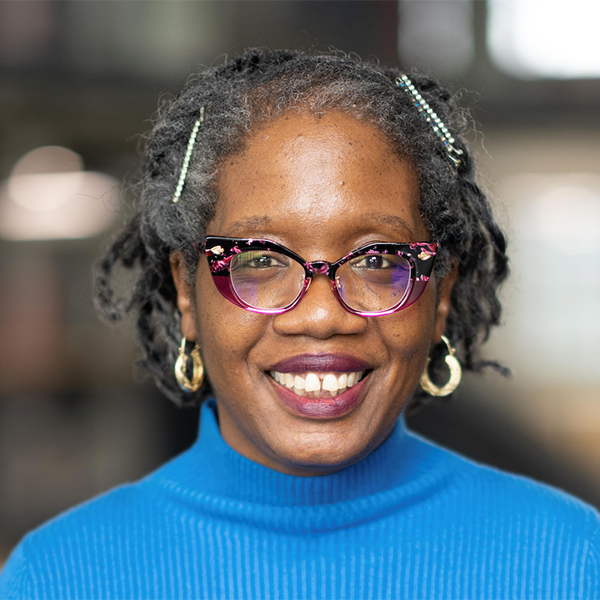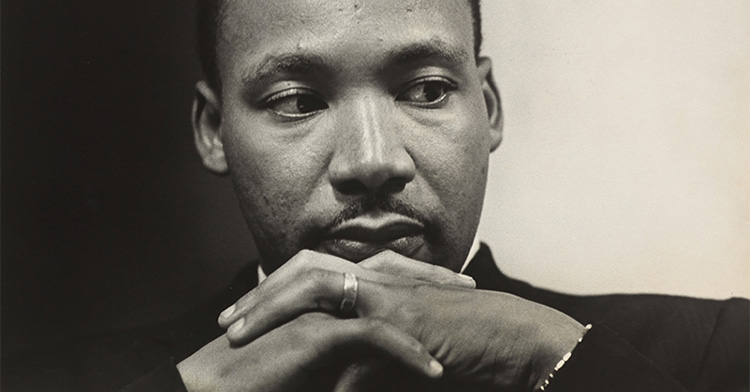I did something new this year: I went to Q, a conference where “leaders from every sphere of society gather to learn, reflect, collaborate, and take action to renew culture” while sharing a “common commitment to the gospel of Jesus Christ and an awareness of our calling by God to join Him in His redeeming work throughout every channel of culture.”
Or, as I explained to the man in the elevator at the Hyatt, “It’s like TED Talks for Christians.”
The rhetoric from the podium assumed that participants brought with them a common worldview and set of experiences which they self-identified as evangelical. The only mention of the mainline church was an offhand reference to its collapse from Ross Douthat of the “New York Times.”
But the tone was not polemical. Q’s leadership seems to be asking how Christians can come together across differences -- including diverse faiths and political parties -- for the common good. Their conversation sounds a different tenor for evangelicals, or at least different from how popular media have portrayed them in recent decades.
For me, not an “evangelical,” the whole Q experience was about laying down my sound bite biases and listening openly. I tensed when the “reducing abortion panel” took the stage, fearing an onslaught of hateful, anti-woman speech. What I heard was common sense talk including facts about how women across race, class, religion and married status have abortions to deal with unplanned pregnancies and strategies for reducing the number of abortions that did not include violence against abortion providers or attacks on Planned Parenthood.
Had the conversation persisted and gone deeper, I suspect significant differences would have emerged with perhaps less civility. But it was refreshing to see a public table set for education and discourse about something we can agree on -- fewer women being in the position to have to make the difficult decision to have an abortion being only one example.
I recommend listening openly beyond the sound bites as a practice -- a hermeneutic of generosity across the religious aisle that models what we know we need across the political aisle. As I listened, I realized how drained I am from the years of unceasing conversations about what is wrong with the church, how to renew the church, why no young people are in church, how to keep educated clergy in dwindling congregations, and a spinning constellations of related issues.
Instead, here were two days packed with 30 speakers and 700 people asking one question: How do we bring the resurrected life to this culture? It was just the right question to begin the week after Easter.
Not a bad one for every week.








